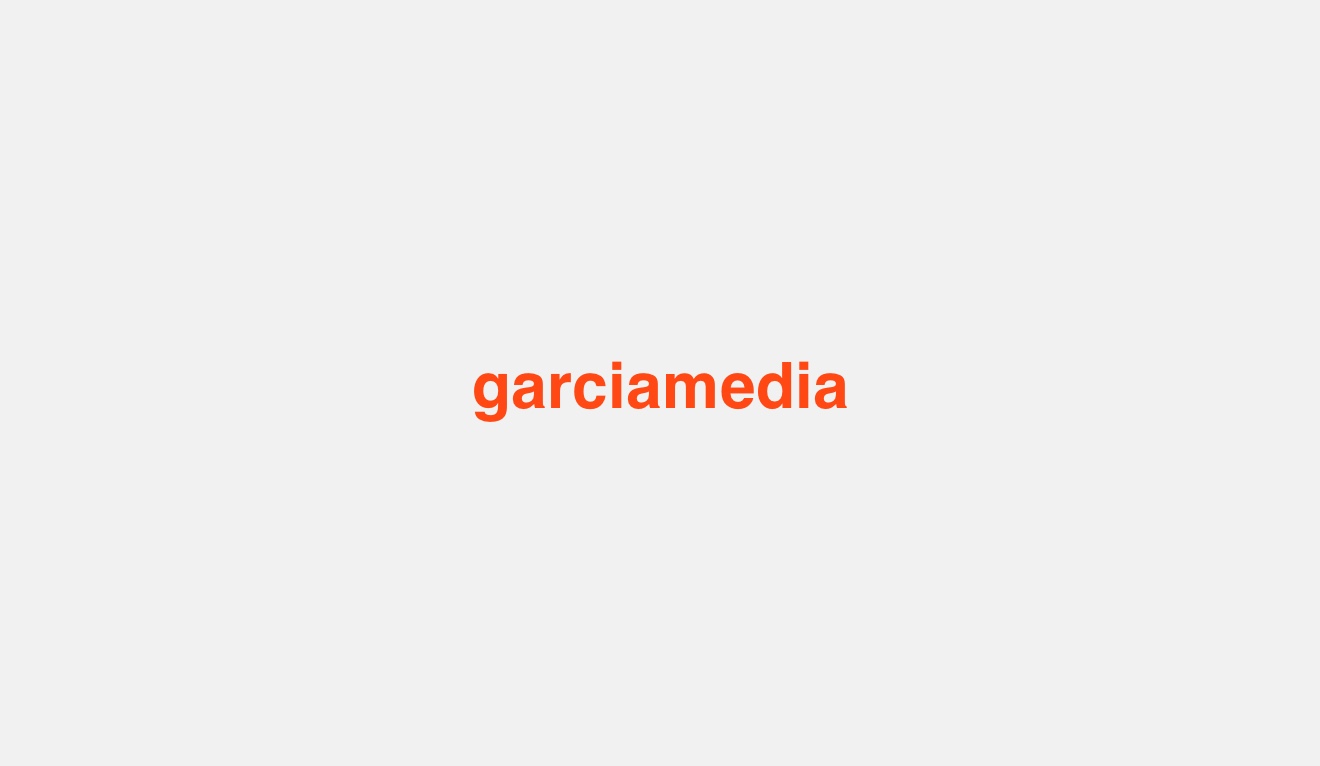Happy Wednesday, Friends!
We recently got a great question from a parent trying to choose the right math book for their child.
It made us realize: we’ve made a lot of mistakes here.
Over the years, we’ve bought too many books that didn’t quite fit: too easy, too hard, too dry, or even too “trying-too-hard”.
Today’s post isn’t about a specific book, but rather the strategy we have landed on after a lot of trial and error.
Whether you’re searching for a book for your homeschooling math class, a book to do “after-schooling” schoolwork, or even a workbook full of exercises, we ask ourselves a series of questions to figure out what we need.
Because, as you probably know, there are thousands of math books out there, and the last thing you want to do is spend time, money, or effort on the wrong resource.
Before we even look at sample pages, we ask: “What are we trying to *do* with this book?”
When we first started, the idea was simply to give kids more practice outside of school.
We visited our local bookstore and purchased whatever they had available, which was usually remedial workbooks with numerous exercises.
Given that we had math-kids, these were very basic, and they went through them very quickly.
We then went online and bought a few additional books at their grade level, only to find the same thing: they finished them very quickly.
We decided to try math competition books, but those were over our kids’ heads, as we were new to math competitions and had bought the wrong books.
Oops!
After many books gathering dust on the shelf and many returned books, we realized that we had to ask ourselves first what we wanted out of the math we were going to be doing at home.
Were we looking for:
Math Competition Prep Materials
Deep Understanding
Curriculum-Aligned Support
Topic-Specific Exploration
Review / Supplement
Stretch and Growth Enrichment
Conceptual Curiosity
Pure Advancement
“Bed-Time” Reading
Once we had these broad categories, it was easier to select the book(s) that would meet our goals.
Note that while some books may cover multiple categories, it’s easier to find a book/resource to fill in one specific goal.
Here’s how we tend to think about the above categories:
Competition Prep Books
Designed to help the kid get:
familiar with what the test will test
familiar with how questions are written
familiar with clever tricks and short-cuts
familiar non-standard problems
familiar with mental math patterns
Ultimately, to be able to do this in a faster, sharper, and more accurate manner under time pressure.
These books are excellent for the numerous math competitions available around the world.
If your kid thrives on time pressure challenges, this is a good area of books to explore.
Deep Understanding Books
These books are designed to emphasize concepts over speed. These often ask fewer questions but expect you to think much harder about each one.
These are less about “drills” or “drills with speed” and more about building math maturity by asking you to think through all the possible reasons why things are the way they are and how you can apply them.
If your kid asks “why?” more than “how?”, this is a good area of books to explore.
Curriculum-Aligned Support Books
These books are designed to align with a specific grade level or standardized scope.
While they vary by country, they often cover everything you’d want for a specific level (such as 4th grade), but they may feel more checklist-like.
These books are great for review and reinforcement, and we generally use them to check for understanding rather than actually learning from them.
These books can also be helpful when transitioning to a new country or changing math curricula between different school districts.
Topic-Specific Exploration Books
These books focus on a single area, such as number theory, geometry, algebra, probability, and coding + math, among others.
These works are great for kids who have developed a particular interest in “stretch” math topics not typically taught in school.
The one downside here is that because they tend to be deep dives with built-in boundaries, the prerequisites can sometimes be hard to understand (especially if you’re not a math person).
Review / Supplement Books
This type of material is what we were seeing at the bookstore.
It helps kids return to a topic after frustration and attempts to present familiar material in a new light.
These tend to be much shorter than the full Curriculum-Aligned Support Books and are primarily composed of worksheets with drills on specific types of problems.
Stretch and Growth Enrichment Books
These books tend to be “gift” books in that they gently nudge beyond “grade level” but never quite go off the deep end.
You’ll find a variety of puzzles, games, and open-ended prompts here.
These books are great for curious kids who are ready for more, but not necessarily “faster”.
Families can read along with their kids, keeping it friendly and fun, and pressure-free.
Conceptual Curiosity Books
These books are a step up from the Stretch and Growth books.
The book’s goal is to showcase beautiful math ideas without relying on worksheets or drills.
Think “popular nonfiction” for the layperson.
These can be tricky for kids, as most of the books in this section are written for adults and require more maturity to get through.
That said, because the books tend to be written for adults, they are a great way to expand language and comprehension skills.
Pure Advancement Books
Literally, the next book in the series and/or grade level.
The kids worked through the Kumon Math Workbooks in this manner.
We bought several at a time, and the kids devoured them.
We’ve heard stories of parents visiting their kids’ school, tracking down the next several years’ worth of math textbooks used by the school, and then buying used copies online.
Then these parents’ kids work through the books at an accelerated pace at home and over the summer.
“Bed-Time” Reading Books
These are “harmless” and “just-for-fun” books.
The kid gets some math without having to think too hard after a long, exhausting day of being a kid.
There are lots of these at the early elementary school level, and they are a ton of fun to read.
As the kids got older and we did less “reading a book to them before bed”, we stopped getting these.
If you have kids in early elementary school, these books are well worth exploring.
Once we knew what we wanted out of a book, we then had to turn around and ask the same question about the specific book.
What goal was it trying to achieve?
Obviously, we couldn’t ask the author, so we had to conduct some sleuthing ourselves by reading a few sample pages, examining the table of contents on the publisher’s website, and reading Amazon / Goodreads / Reddit / Mathematics Stack Exchange / YouTube reviews.
Different books serve different purposes (some fit into multiple of the above categories), so knowing which one you’re after makes everything else easier.
Even the vibe of the book and how it feels is important here, as some books choose to cover all the details while others expect you to co-develop the material by doing all of the exercises.
Even simple questions like:
Who is the book written for?
What kind of student is it trying to help?
Does it match your goals from Section I?
Does it explain clearly *before* jumping into exercises?
Is it more about speed or insight?
“Is this trying to help us master problems or fall in love with ideas?”
It can provide a good guide on whether it’s worth investing your time and money in the book.
In (a) future post(s), I’ll share:
How we read reviews
Why we sometimes *revisit* books later
What to look for in older editions
How we use AI + Reddit to supplement books
That’s all for today :) For more Kids Who Love Math treats, check out our archives.
Stay Mathy!
Talk soon,
Sebastian
.
PS. Have a question or two on your mind? Drop them below, or hit reply, and I’ll give you some thoughts :)
.png)





